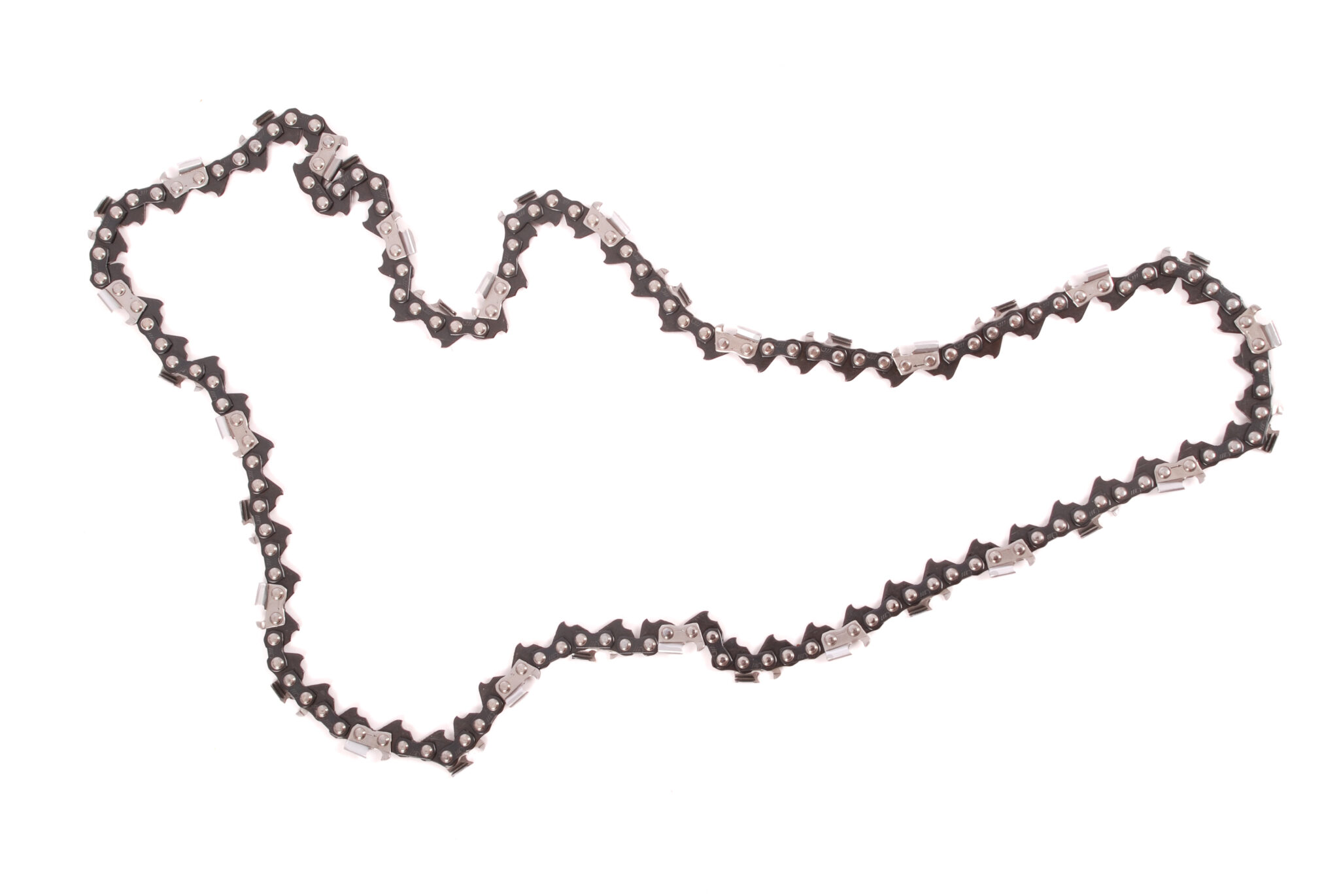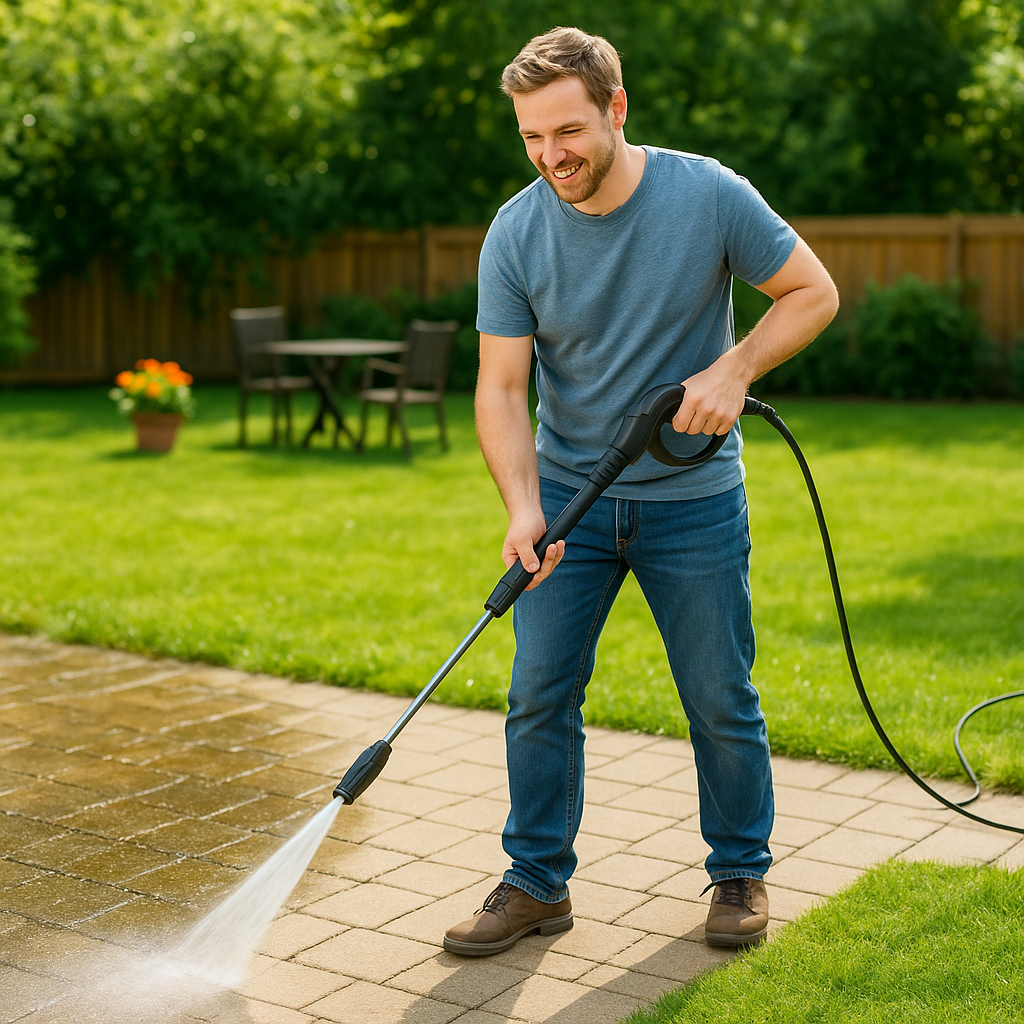
Chainsaws are powerful tools, indispensable for tasks like cutting trees, pruning branches, and even sculpting wood. To keep your chainsaw running efficiently and safely, it’s crucial to understand its components. Here’s a detailed look at the essential parts of a chainsaw and their functions.
1. Engine
The engine is the heart of the chainsaw, providing the power to drive the chain. Chainsaws typically use two types of engines:
Gasoline Engine: Powered by a mix of fuel and oil, offering high power for heavy-duty tasks.
Electric Motor: Available in corded and battery-operated versions, these are quieter and eco-friendlier but may offer less power compared to gas engines.
2. Guide Bar
The guide bar is the long, flat metal bar around which the chain rotates. It determines the cutting capacity of the chainsaw and comes in various lengths, depending on the intended use. Proper maintenance, like regular cleaning and lubrication, ensures longevity.
3. Chain
The chain is the cutting component of the chainsaw, consisting of sharp teeth that slice through wood. Chains are available in various pitches and gauges, which must match the guide bar for optimal performance. Regular sharpening and tension adjustments are essential to maintain cutting efficiency.
4. Chain Brake
A vital safety feature, the chain brake stops the chain instantly in case of kickback or other accidents. This feature is usually activated manually or automatically through inertia.
5. Throttle and Throttle Lock
Throttle: Controls the speed of the chain.
Throttle Lock: Prevents accidental activation of the throttle, ensuring user safety.
These components work together to give users precise control over the cutting speed.
6. Oiler
The oiler lubricates the chain and guide bar to reduce friction and heat, ensuring smooth operation. Chainsaws often have adjustable oilers to regulate the oil flow based on the cutting task.
7. Air Filter
The air filter prevents debris and dust from entering the engine, ensuring optimal performance and extending the engine’s lifespan. Regular cleaning or replacement is necessary to avoid engine strain.
8. Spark Plug
For gas-powered chainsaws, the spark plug ignites the fuel-air mixture, starting the engine. Periodic inspection and cleaning of the spark plug ensures consistent performance.
9. Anti-Vibration System
An anti-vibration system minimizes the vibrations felt by the user during operation, reducing fatigue and allowing for prolonged use.
10. Starter Assembly
The starter assembly includes the pull cord, recoil spring, and starter housing, allowing users to start the engine. In electric models, this is replaced by a simple power switch.
11. Handlebars
Chainsaws are equipped with front and rear handlebars for secure grip and control. Ergonomic designs reduce operator fatigue and enhance safety.
12. Fuel and Oil Tanks
For gas-powered chainsaws, separate tanks hold the fuel and bar oil. Properly sealing and maintaining these tanks prevent leaks and ensure uninterrupted operation.
Maintenance Tips for Chainsaw Parts
Clean Regularly: Remove sawdust, resin, and debris after every use.
Sharpen the Chain: A dull chain not only reduces efficiency but also increases the risk of accidents.
Inspect for Wear and Tear: Regularly check parts like the guide bar, chain, and spark plug for signs of wear.
Lubricate: Ensure the chain and guide bar are well-oiled to prevent overheating and premature wear.
Replace Damaged Parts: Worn-out components should be replaced immediately to ensure safe operation.
Understanding your chainsaw’s parts and their functions is key to ensuring its efficiency, safety, and longevity. With proper maintenance and care, your chainsaw will remain a reliable tool for years to come.







